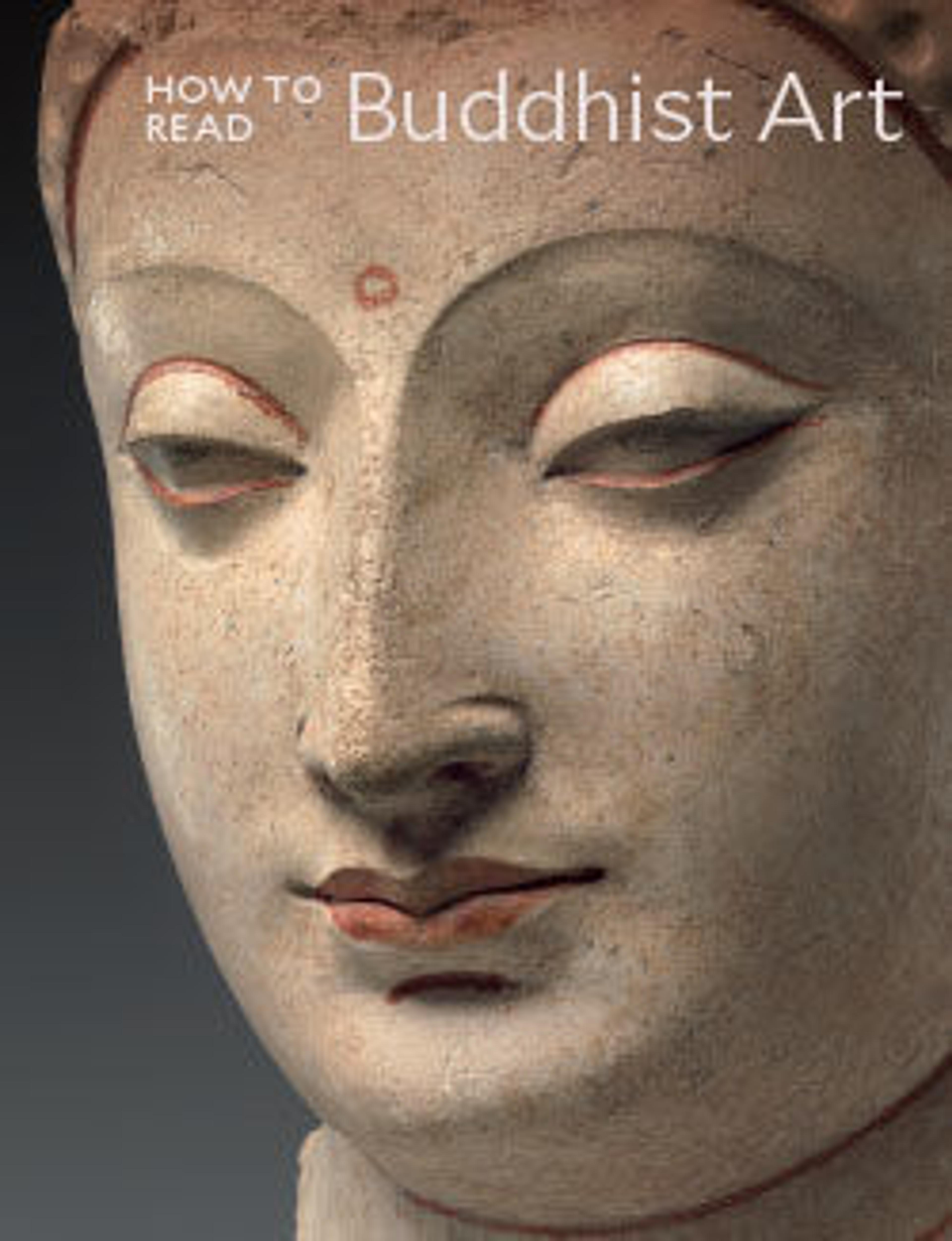Fudō Myōō, the Immovable Wisdom King (Achala Vidyaraja)
Fudō Myōō is worshipped as a wrathful avatar of Dainichi, the buddha at the center of the Buddhist cosmos. A tenacious protector of Buddhist teachings, Fudō is armed with a lasso and sword to subdue negative forces. In keeping with scriptural descriptions, this example, created in the workshop of the leading sculptor Kaikei, portrays a full-bodied, menacing figure biting his lower lip, with his hair bound and falling over his left shoulder.
Artwork Details
- 快慶作 不動明王坐像 (Fudō Myōō zazō)
- Title:Fudō Myōō, the Immovable Wisdom King (Achala Vidyaraja)
- Artist:Kaikei (Japanese, active 1183–1223)
- Period:Kamakura period (1185–1333)
- Date:early 13th century
- Culture:Japan
- Medium:Japanese cypress with lacquer, color, gold, cut gold leaf (kirikane), and inlaid crystal eyes
- Dimensions:H. 21 in. (53.3 cm); W. 16 3/4 in. (42.5 cm); D. 15 in. (38.1 cm)
- Classification:Sculpture
- Credit Line:Mary Griggs Burke Collection, Gift of the Mary and Jackson Burke Foundation, 2015
- Object Number:2015.300.252a, b
- Curatorial Department: Asian Art
More Artwork
Research Resources
The Met provides unparalleled resources for research and welcomes an international community of students and scholars. The Met's Open Access API is where creators and researchers can connect to the The Met collection. Open Access data and public domain images are available for unrestricted commercial and noncommercial use without permission or fee.
To request images under copyright and other restrictions, please use this Image Request form.
Feedback
We continue to research and examine historical and cultural context for objects in The Met collection. If you have comments or questions about this object record, please contact us using the form below. The Museum looks forward to receiving your comments.
